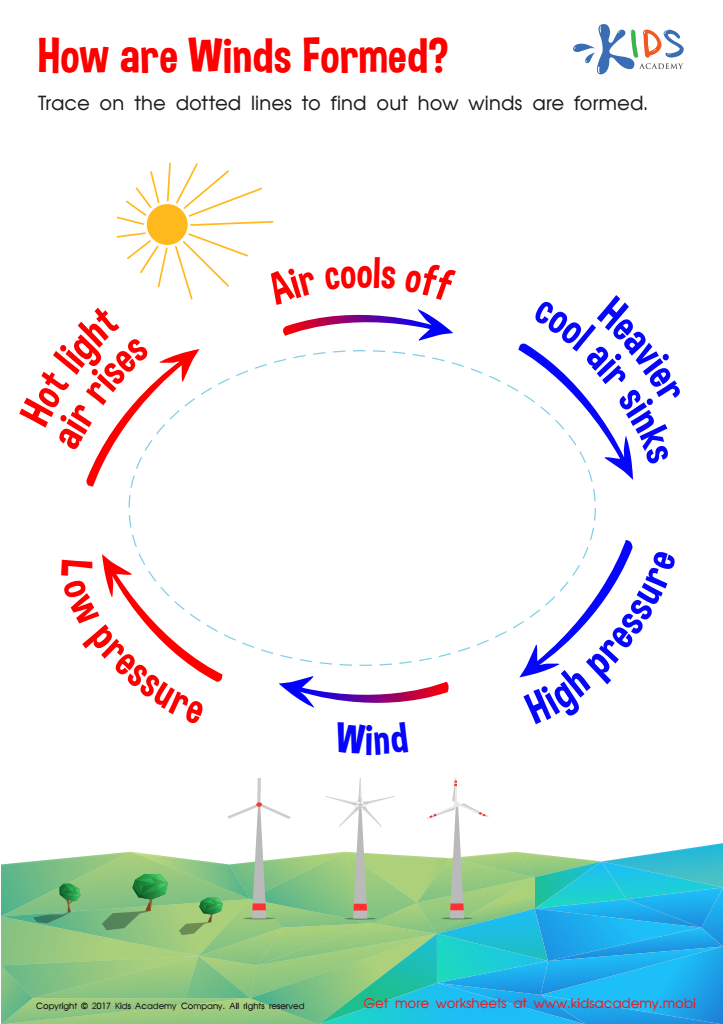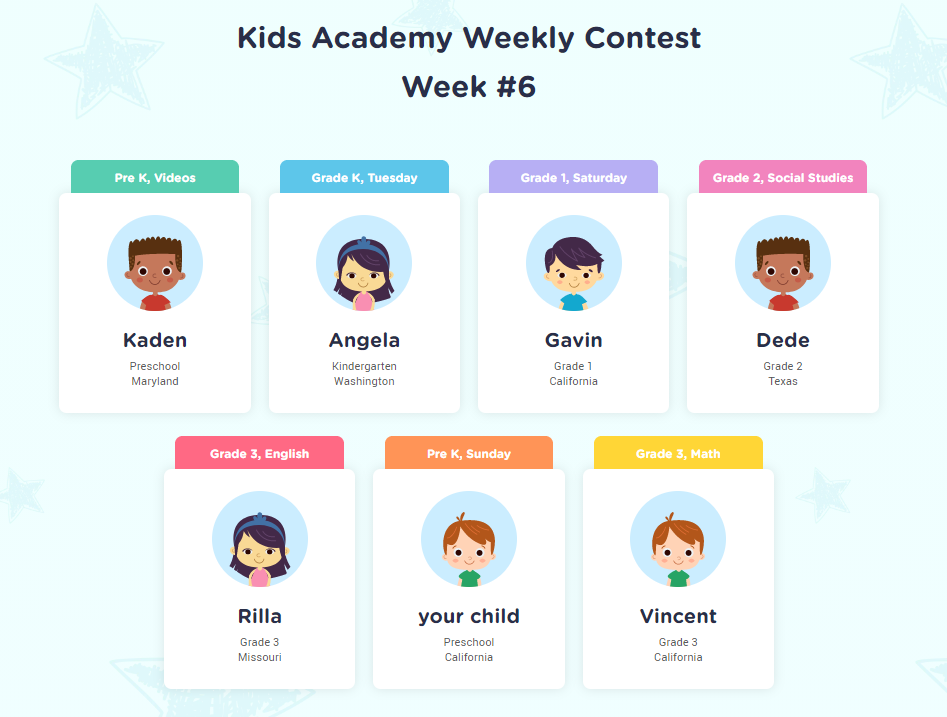Understanding wind formation Worksheets for Kids
1 filtered results
-
From - To


How are Winds Formed? Printable
Question/Answer
How does the mastery of the Understanding wind formation skill affect a student's performance at an early age?
Mastery of the Understanding wind formation skill at an early age significantly enhances a student's performance by fostering critical thinking, improving scientific literacy, and instilling a deeper appreciation for natural phenomena. It lays a solid foundation for advanced study in meteorology and environmental science, encouraging curiosity and engagement in STEM (Science, Technology, Engineering, and Mathematics) subjects.
What does the Understanding wind formation skill mean when it comes to Grade 1 Our Planet and Environment learning?
The Understanding wind formation skill in the context of Grade 1 Our Planet and Environment learning refers to teaching young students the basic concepts behind how wind is created. This typically includes explaining that wind is the movement of air and is caused by differences in air pressure, often as a result of the sun heating the Earth's surface unevenly.
What are some effective activities to train students’ Understanding wind formation skill when teaching them about Our Planet and Environment?
Effective activities include conducting simple experiments using fans and water vapor to simulate wind formation, creating DIY anemometers to measure wind speed, utilizing interactive online simulators that demonstrate how varying temperatures and pressures affect wind, and organizing field trips to local weather stations. Integrating hands-on activities and real-world observations significantly enhances students' understanding of wind formation.

 Assign to the classroom
Assign to the classroom




.jpg)







